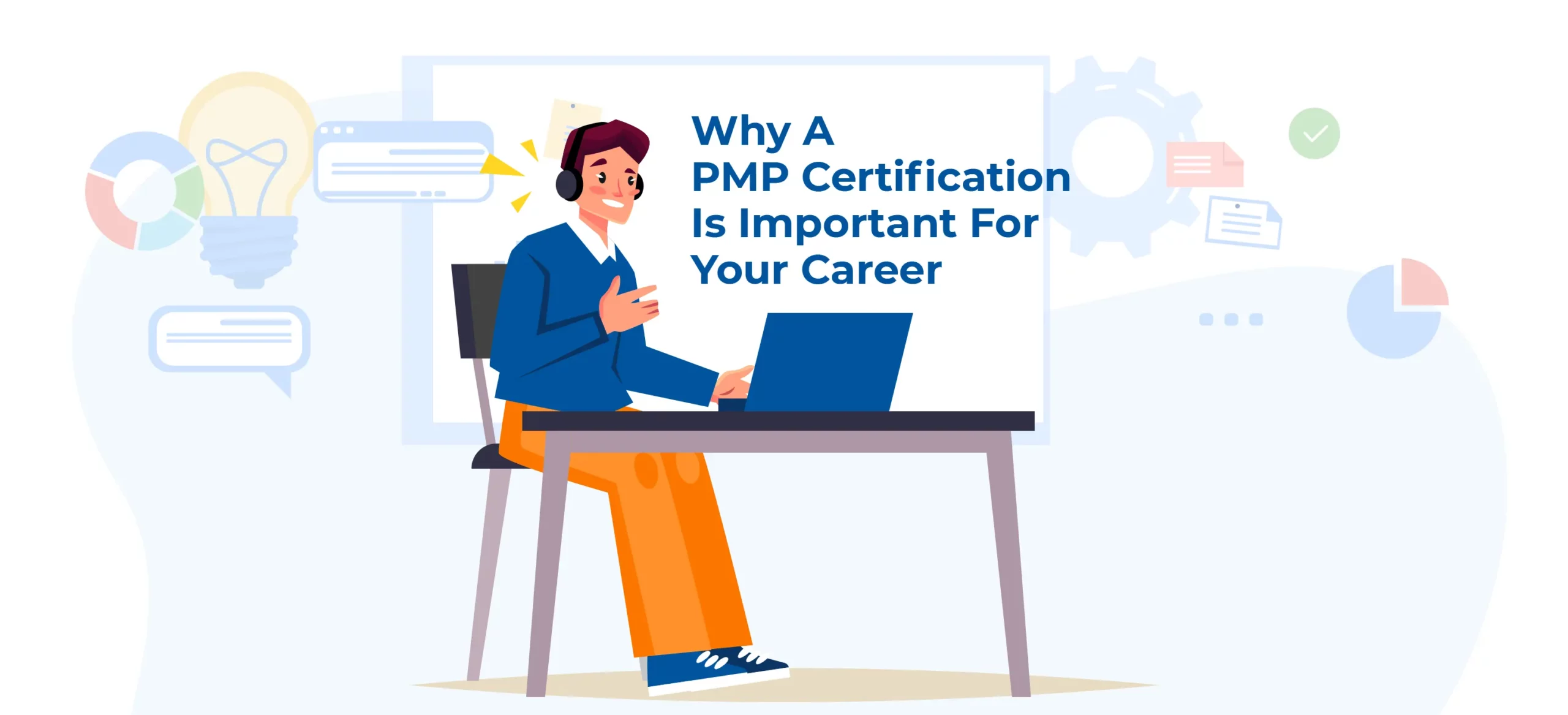What is the Ethical Responsibility in Educating the Customers

Contents
- 1 Introduction
- 2 The Rise of Consumer Empowerment
- 3 Ethical Responsibility of Businesses
- 4 Benefits of Ethical Consumer Education
- 5 Challenges in Ethical Consumer Education
- 6 Best Practices for Ethical Consumer Education
- 7 Collaboration for a Responsible Future
- 8 Harnessing Technology for Ethical Consumer Education
- 9 Fostering Ethical Consumer Education as a Collective Effort
- 10 Long-Term Impact of Ethical Consumer Education
- 11 Final Thoughts
Introduction
In today’s fast-paced and interconnected world, consumers wield more power than ever before. Thanks to the proliferation of information and communication technologies, individuals can now make well-informed decisions about the products and services they choose. This shift in power dynamics has led to the concept of “consumer empowerment,” where individuals are not just passive recipients of goods but active participants in the marketplace. However, along with this power comes a significant ethical responsibility for businesses to educate customers in an honest and transparent manner.
The Rise of Consumer Empowerment
Consumer empowerment is the result of several converging factors, including the internet, social media, online reviews, and increased competition among businesses. This has led to a more informed and discerning customer base that can research, compare, and critically evaluate products and services before making a purchase. Consumers now have the ability to demand greater quality, value, and ethical standards from the companies they support.
Ethical Responsibility of Businesses
With great power comes great responsibility. In this case, businesses hold a crucial ethical responsibility to educate customers accurately and transparently. This responsibility can be broken down into several key aspects:
Honesty: Businesses should provide accurate and truthful information about their products and services. Any attempts to deceive or manipulate customers through false claims or misinformation undermine trust and tarnish the brand’s reputation in the long run.
Transparency: Transparent communication ensures that customers understand what they are buying, including potential benefits and risks. This includes disclosing information about ingredients, manufacturing processes, and any potential negative consequences of product use.
Education: Instead of focusing solely on selling, businesses should aim to educate customers about their products. This includes explaining the features and benefits, but also helping customers understand how a product aligns with their needs and values.
Clarity: Complex industry jargon and technical terms can confuse consumers. It’s the ethical responsibility of businesses to communicate clearly and in a way that is easily understood by the average consumer.
Benefits of Ethical Consumer Education
Trust Building: Transparent and honest communication fosters trust between businesses and consumers. When customers believe that a business has their best interests at heart, they are more likely to remain loyal and recommend the business to others.
Long-Term Relationships: Educating customers goes beyond the immediate transaction. When businesses invest in educating their customers, they are investing in a long-term relationship that can result in repeat business and customer loyalty.
Ethical Branding: Businesses that prioritize ethical responsibility and consumer education can differentiate themselves in the marketplace. Ethical branding resonates with conscious consumers who appreciate businesses that prioritize transparency and education.
Empowerment: Educated consumers feel empowered to make informed decisions that align with their preferences, values, and needs. This empowerment not only benefits individuals but also contributes to a more responsible and sustainable marketplace.
Challenges in Ethical Consumer Education
While the concept of ethical consumer education holds immense potential, it’s essential to recognize and address the challenges that businesses might face in fulfilling this responsibility:
Information Overload: In the age of information, consumers are bombarded with an overwhelming amount of data. Businesses need to find ways to present information in a concise and engaging manner to capture consumers’ attention and ensure they absorb the key details.
Misleading Marketing: Ethical responsibility can sometimes be overshadowed by aggressive marketing tactics. Businesses might prioritize sales over accurate information, leading to misleading advertisements or incomplete product descriptions. Striking the right balance between promotion and education is crucial.
Lack of Standards: In some industries, standardized guidelines for ethical consumer education might be lacking. This can lead to inconsistencies in the level of transparency and information provided by different businesses. Developing industry-wide standards could help ensure a level playing field.
Complex Products and Services: Some products and services are inherently complex, making it challenging to communicate their features and benefits effectively. Simplifying technical information without oversimplifying or distorting facts can be a delicate task.
Best Practices for Ethical Consumer Education
To overcome these challenges and ensure effective ethical consumer education, businesses can adopt the following best practices:
Clear and Accessible Information: Present information in a clear, concise, and accessible manner. Use visuals, infographics, and plain language to convey complex concepts effectively.
Two-Way Communication: Encourage feedback and questions from consumers. This not only helps businesses address concerns promptly but also demonstrates a commitment to open dialogue.
Storytelling: Share real stories and case studies that illustrate how products or services have positively impacted customers’ lives. This can help consumers relate to the benefits in a more meaningful way.
User-generated Content: Showcase user-generated content, such as reviews and testimonials, to provide potential customers with authentic perspectives on your offerings.
Educational Content: Create educational content that goes beyond product promotion. Offer guides, tutorials, and blog posts that address common questions and concerns related to your industry.
Ethics and Sustainability: Highlight your business’s commitment to ethical practices, sustainability, and social responsibility. Transparently share information about sourcing, manufacturing, and environmental impact.
Continual Improvement: Regularly assess and update the information you provide to ensure its accuracy and relevance. Adapt to evolving consumer needs and industry developments.
Collaboration for a Responsible Future
The journey towards ethical consumer education doesn’t rest solely on the shoulders of businesses. Collaboration between businesses, consumers, regulatory bodies, and advocacy groups is essential to create a more responsible and informed marketplace. Consumers should actively seek out reliable information and engage in critical thinking when making purchasing decisions. Regulatory bodies can play a role in setting and enforcing standards for accurate and transparent consumer education. Maintaining neutrality in accounting related consumer education is crucial to ensure that individuals can make informed purchasing choices based on unbiased and accurate information.
Harnessing Technology for Ethical Consumer Education
In the digital age, technology offers powerful tools to enhance ethical consumer education. Leveraging these tools can further amplify the impact of businesses’ efforts:
Interactive Websites: Create interactive websites that allow consumers to explore products and services in-depth. Incorporate features such as 360-degree views, virtual tours, and product demos to provide a comprehensive understanding.
Augmented Reality (AR) and Virtual Reality (VR): AR and VR technologies can enable consumers to virtually experience products and services before purchasing. This immersive experience bridges the gap between online shopping and physical interaction.
Mobile Apps: Develop mobile apps that provide easy access to product information, reviews, and educational content. Apps can also include barcode scanning for instant access to detailed product data while shopping.
Social Media Engagement: Social media platforms are ideal for sharing educational content, responding to customer inquiries, and showcasing behind-the-scenes glimpses of your business’s ethical practices.
Chatbots and AI Assistants: Implement AI-driven chatbots to answer customer questions in real-time. These bots can provide immediate assistance, helping consumers make more informed decisions.
Webinars and Online Workshops: Host webinars and online workshops to educate customers about your products, industry trends, and best practices. This approach fosters a sense of community and expertise around your brand.
Data Visualization: Utilize data visualization tools to illustrate complex information effectively. Graphs, charts, and infographics can help consumers grasp product attributes and benefits quickly.
Fostering Ethical Consumer Education as a Collective Effort
To maximize the impact of ethical consumer education, it’s crucial to involve various stakeholders and create a culture of responsible consumption:
Education Institutions: Collaborate with educational institutions to integrate consumer education into curricula. Empowering young individuals with critical thinking skills and the ability to navigate the marketplace benefits society as a whole.
Consumer Advocacy Groups: Partner with consumer advocacy organizations to promote transparency, ethical business practices, and responsible consumption. Joint efforts can amplify the message and drive change on a larger scale.
Government and Regulation: Advocate for clearer regulations that encourage accurate and transparent consumer education. Participate in industry discussions to shape policies that benefit both businesses and consumers.
Media and Influencers: Engage with media outlets and influencers who share a commitment to responsible consumer education. Collaborate to create content that educates and empowers their audiences.
Long-Term Impact of Ethical Consumer Education
As businesses embrace ethical consumer education, the impact goes beyond immediate profits:
Cultural Shift: Ethical consumer education contributes to a cultural shift towards responsible consumption. Consumers become more discerning, seeking products that align with their values and ethical standards.
Innovation: The demand for transparent information challenges businesses to innovate in their communication methods. This can lead to the development of new technologies and approaches to educate consumers effectively.
Sustainability: Ethically educated consumers are more likely to support sustainable and environmentally friendly products and practices. This, in turn, promotes a greener and more sustainable future.
Accountability: Businesses that prioritize ethical consumer education are held accountable by their customers. This encourages them to continually improve their practices and offerings.
Final Thoughts
Ethical consumer education is a dynamic process that demands commitment, adaptability, and a genuine dedication to transparency. It transforms consumers from mere purchasers into informed decision-makers who have the power to shape industries and influence business practices. Embracing this ethical responsibility not only benefits businesses but also creates a more conscientious, empowered, and socially responsible society. Through collaboration, innovation, and a commitment to education, we can pave the way for a more ethical and informed marketplace, driving positive change for generations to come.






